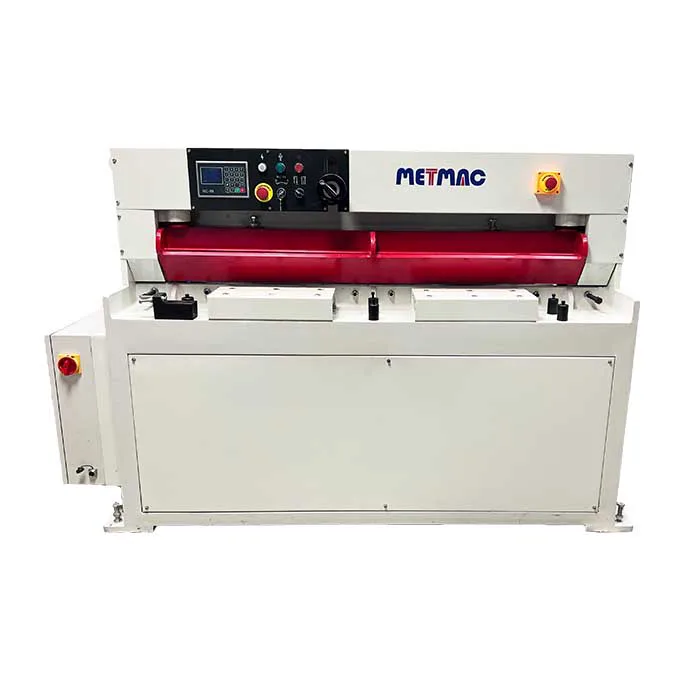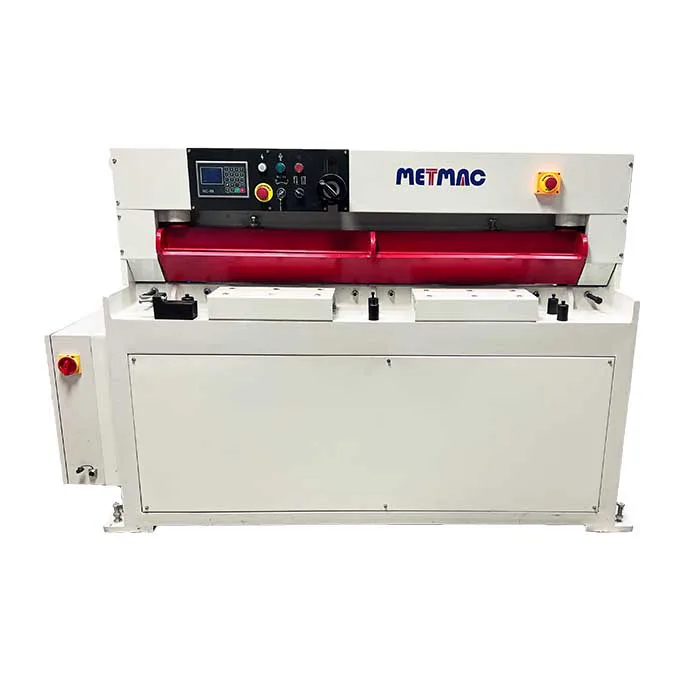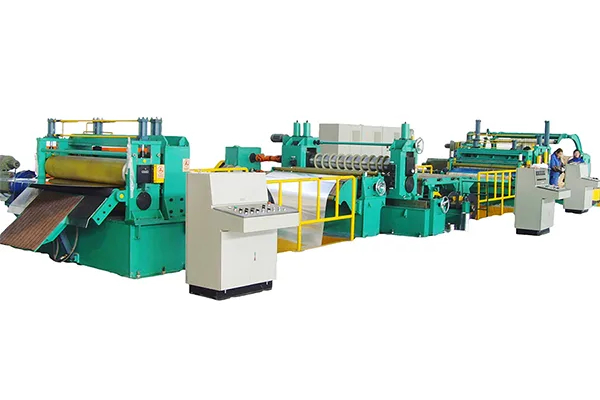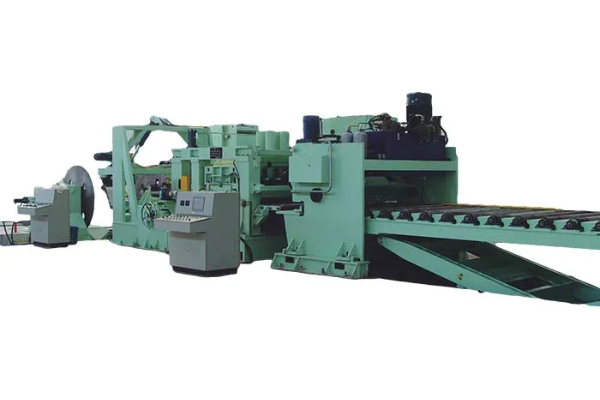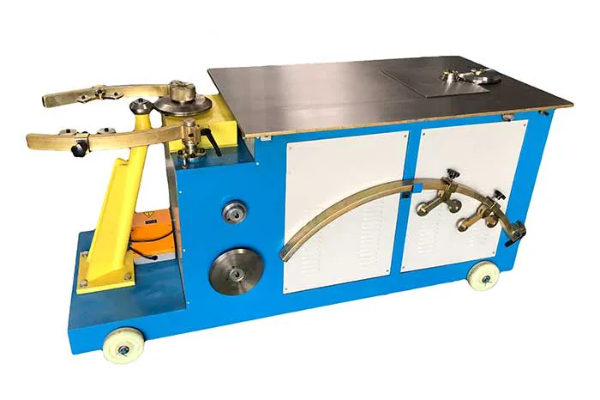
Craftsmanship in Every Bend- Achieving Quality Results with Bending Brakes
- By:Metmac
- 2024-04-29
- 158
Introduction:
Precision and craftsmanship are paramount in metal fabrication, and bending brakes play a crucial role in achieving high-quality results. This comprehensive guide, “Craftsmanship in Every Bend,” delves into every aspect of understanding and operating bending brakes effectively. From choosing the right machine to optimizing bending techniques, this article unravels the secrets of producing pristine bends with every operation.
Benefits of Using Bending Brakes
Enhanced Precision: Advanced bending brakes incorporate sophisticated control systems that ensure precise measurements and angles.
Improved Efficiency: Automation features, such as backgauges and depth stops, streamline the bending process, minimizing downtime.
Increased Safety: Automated systems reduce the risk of human error and accidents, creating a safer work environment.
Consistent Quality: Bending brakes ensure consistent bending angles and depths across multiple parts, eliminating variations and maintaining product quality.
Factors to Consider When Choosing a Bending Brake
Capacity: Consider the maximum thickness and length of material you need to bend.
Power Source: Pneumatic, hydraulic, and electric brakes offer different power levels and bending capabilities.
Features: Automated features, such as backgauges, depth stops, and CNC control, enhance efficiency and accuracy.
Brand and Reputation: Choose reliable manufacturers with a proven track record for providing high-quality bending brakes.
Understanding Bending Terminology
Flange: The side of the material that is folded over when bent.
Hem: A flange that is bent over twice to create a clean, sealed edge.
Bend Radius: The radius at which the material is folded, which determines the shape and strength of the bend.
Bend Angle: The angle at which the material is bent, typically measured in degrees.
Optimizing Bending Techniques
Material Preparation: Ensure the material is free of dirt, grease, and burrs to maintain a consistent bend.
Bend Line Alignment: Align the bend line precisely on the bend axis to prevent distortion or stretching.
Die Selection: Choose the appropriate die for the material thickness and bend radius to achieve the desired bend.
Pressure and Clamp Force: Adjust the pressure and clamp force to prevent damage to the material or deformation of the bend.
-
Sheet Metal Machinery for Sale: Elevate Your Fabrication Capabilities with METMAC
2025/11/26 -
Laser Sheet Cutting Machine: Redefining Precision with METMAC Technology
2025/11/26 -
Sheet Shearing Machine: Achieving Unmatched Precision and Efficiency with METMAC
2025/11/26 -
Sheet Metal Forming Machine: The Art of Precision with METMAC Technology
2025/11/26
-
Advanced Sheet Metal Rolling, Laser Cutting, and Folding Machines for Precision Fabrication
2025/10/31 -
High-Performance Sheet Metal Bending and Cutting Machines for Modern Fabrication
2025/10/31 -
High-Quality Sheet Metal Equipment for Sale: Efficient Solutions for Modern Manufacturing
2025/10/31 -
High-Performance Sheet Metal Equipment for Sale: Forming and Shearing Solutions for Modern Fabrication
2025/10/22
-
Understanding the Role and Function of Steel Strip Slitting Machines
2024/05/11 -
Maintenance Tips for Longevity of HVAC Duct Machines
2024/05/11 -
Innovations in Steel Strip Slitting Machine Design and Technology
2024/05/11 -
Improving Accuracy in Metal Fabrication with Laser Metal Shear Machines
2024/05/11
-
A Guide to the Latest Innovations in Sheet Metal Folding Machines
2024/11/29 -
Key Features to Consider When Investing in a Sheet Metal Folding Machine
2024/11/28 -
Enhancing Precision with Advanced Sheet Metal Folding Machines
2024/11/27 -
How to Choose the Right Sheet Metal Folding Machine for Your Workshop
2024/11/26

